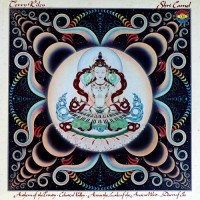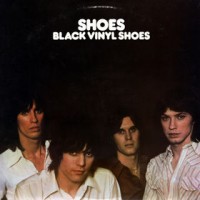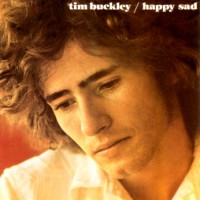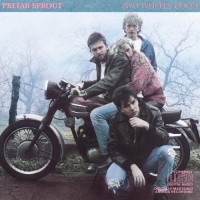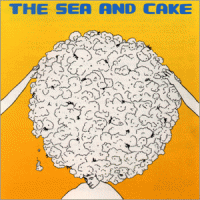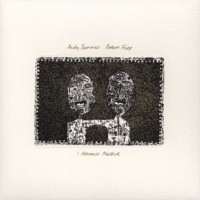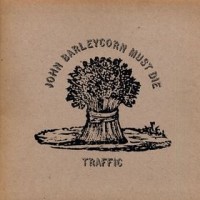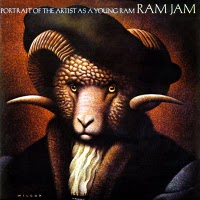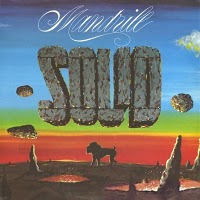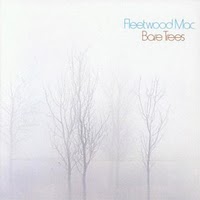 It’s interesting how “Future Games” has a very distinct summer feel and “Bare Trees” has a very distinct winter feel. It’s a testament to the genuine depth of talent evident in this line-up that they manage to pull off both with aplomb. It’s hard to choose between the two but I think I have a slight preference for this album as Christine McVie’s songs are improvements on the formula she established on “Future Games”, and there’s a bigger indication of where Fleetwood Mac’s sound would go in the future; they sound like a band on solid ground. Featuring on his fourth and final Fleetwood Mac album, Danny Kirwan responds again to the change in sound and delivers the goods. This album might give fans an indication of how his sound might have developed had he not fallen out so spectacularly with the band. If there was any remaining doubt that he was a wonderfully gifted writer and performer then they’re put to rest here; he signs off with a batch of songs that confirm him as a talented pop craftsman.
It’s interesting how “Future Games” has a very distinct summer feel and “Bare Trees” has a very distinct winter feel. It’s a testament to the genuine depth of talent evident in this line-up that they manage to pull off both with aplomb. It’s hard to choose between the two but I think I have a slight preference for this album as Christine McVie’s songs are improvements on the formula she established on “Future Games”, and there’s a bigger indication of where Fleetwood Mac’s sound would go in the future; they sound like a band on solid ground. Featuring on his fourth and final Fleetwood Mac album, Danny Kirwan responds again to the change in sound and delivers the goods. This album might give fans an indication of how his sound might have developed had he not fallen out so spectacularly with the band. If there was any remaining doubt that he was a wonderfully gifted writer and performer then they’re put to rest here; he signs off with a batch of songs that confirm him as a talented pop craftsman.
Kirwan’s album opener, “Child of Mine”, is a nice little mover with great guitar work. His instrumental, “Sunny Side of Heaven”, is like watching a cloud falling from the sky in slow motion-it’s that serene. “Bare Trees” is another groovy, melodic rocker with potent bursts of lead guitar from Kirwan and great vocals. “Danny’s Chant” is a quasi-instrumental with wordless vocals over the top that somehow enhances the ambient feel of the album and has some nice wah-wah in it. Kirwan’s final contribution, “Dust”, is the highlight of the album and one of the best songs I’ve ever heard. The lyrics are taken from a Rupert Brooke poem and whether the music came first or the idea of using the lyrics came first, it’s a mighty impressive feat. The lyrics are beautiful and the music has such a powerful synthesis of beauty and sadness that it breaks my heart every time I listen to it. Bob Welch’s contributions are wonderful with the use of mellotron and the catchy chorus of “The Ghost” standing out for me. Christine McVie’s contributions are similar to her songs from “Future Games” but slightly better in my opinion. “Homeward Bound” genuinely rocks and doesn’t out stay it’s welcome in the way that “Morning Rain” did. The guitar solo from Kirwan is absolutely scintillating; he even manages to throw a Rainbow-style progression into the mix. The poem that ends the album is an interesting addition. Read by a Mrs. Scarrot, it fits in well with the winter feel of the album. Fans of the Lindsay Buckingham-era of Fleetwood Mac will probably enjoy this album and, ultimately, it occupies a really good middle-ground between the two well-known periods of the band. Danny Kirwan’s stint in the Mac is over but he leaves us a wealth of great, unappreciated material and “Bare Trees” is a fitting epitaph to his time in the band. –Tom
